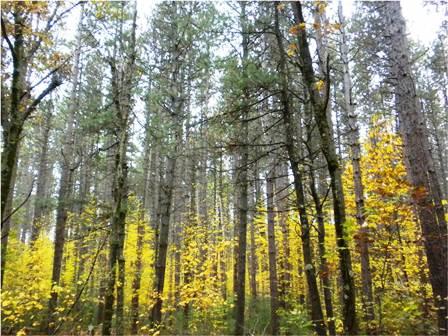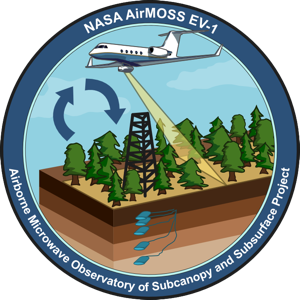Ashehad Ali, Ke Zhang and Alexander Antonarakis
North American ecosystems are critical components of the global carbon cycle, exchanging large amounts of carbon dioxide and other gases with the atmosphere. Net ecosystem exchange of CO2 between atmosphere and ecosystems (NEE) quantifies these carbon fluxes, but current continental-scale estimates contain high levels of uncertainty. Root-zone soil moisture (RZSM) and its spatial and temporal heterogeneity influences NEE and can contribute a large amount of uncertainty. The objective of the AirMOSS L4-NEE algorithm is to (1) quantifying the impact of RZSM on the estimation of regional carbon fluxes and providing estimates of NEE based on AirMOSS observations, and (2) provide a new NEE product for North America by upscaling the reduced uncertainty estimates of regional carbon fluxes to the continental scale of North America.

The L4-NEE products include two sets of products: L4A-NEE and L4B-NEE. The baseline L4A-NEE algorithm is produced by a integrated terrestrial biosphere model (ED2) by combining the L4-RZSM products using a Bayesian Markov-Chain Monte Carlo (MCMC) framework. The L4A-NEE is generated at hourly time steps at the spatial resolution of 30 arc-seconds (~1 km) for each of the sites covered by AirMOSS flights (9 sites of ~2500 km2) and also reported as monthly composite. The L4B-NEE scales up the L4A-NEE product to provide a continental-scale estimate of NEE for North America and accompanying assessments of the uncertainty reduction arising from high-resolution RZSM. The L4B-NEE product is provided at hourly and monthly time scales with a spatial resolution of 50 km.

